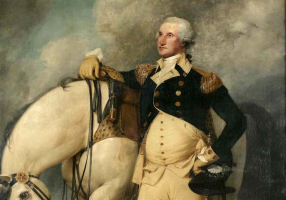Top 8 Interesting Facts about Martha Washington
Do you realize that Martha Washington is older than George Washington? Considering her husband's inauguration as president of the United States, can you ... read more...predict how she felt? What happened in her life that she considered being the second most painful event? Here are eight interesting facts about Martha Washington.
-
On the property of Chestnut Grove owned by her parents in the Colony of Virginia, Martha Dandridge was born on June 2, 1731. She was the oldest child born to Virginia planter and English immigrant John Dandridge (1700–1756) and his American-born wife Frances Jones (1710–1785), who was also of English, Welsh, and French ancestry. Martha had four sisters and three brothers, three of whom passed away at an early age. At his father's property in Westmoreland County, Virginia, nearly 100 miles north of Martha's birthplace, George was born on February 22, 1732, making him eight months younger than her. Although his father had had three children from a previous marriage, he was the oldest of Augustine Washington and Mary Ball's six children.
Washington married Martha Dandridge, the 27-year-old widow of rich plantation owner Daniel Parke Custis, on January 6, 1759, when he was 26 years old at the White House plantation. The marriage was lavish. Blue and silver fabric with red trimming and gold knee buckles made up George's costume. Mount Vernon has a pair of the bride's purple silk shoes with spangled buckles on display. Before settling at George's Mount Vernon home, the couple spent several weeks on their honeymoon at the White House plantation owned by the Custis family. They seemed to have enjoyed a stable union.
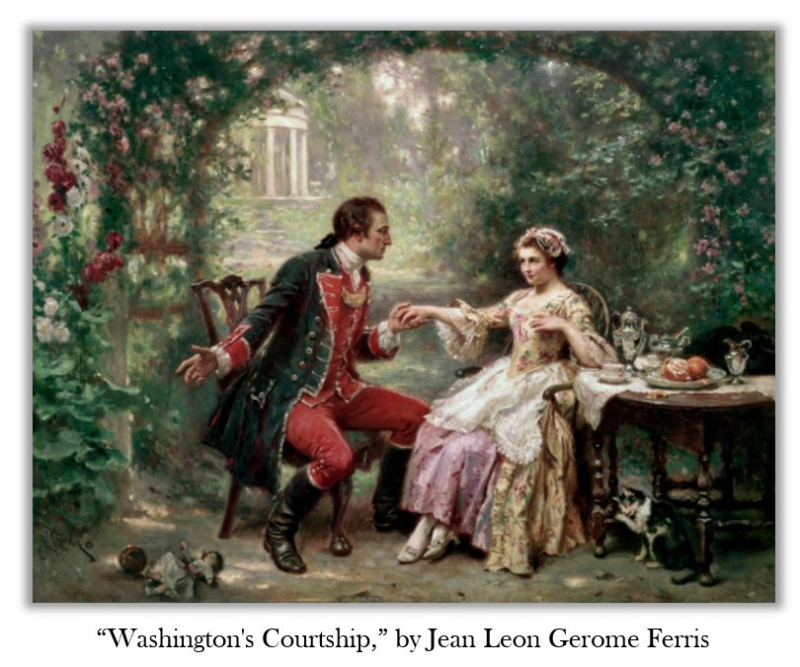
www.britannica.com 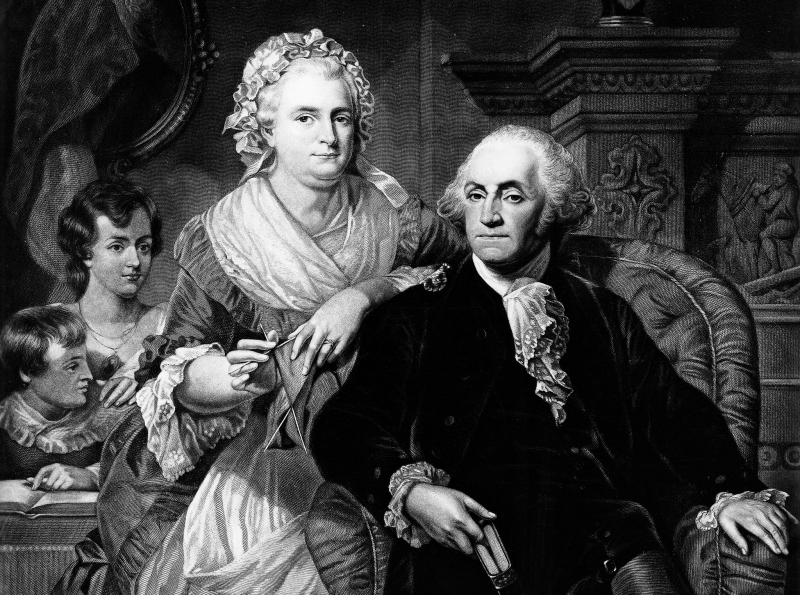
www.britannica.com -
George and Martha were married on January 6, 1759, and they remained a married pair until George's death on December 12, 1799. Although that was George's first and only union, Martha had previously wed. She wed Daniel Parke Custis on May 15, 1750, and he became her first husband. It's noteworthy to note that when he was in his late 30s, Daniel Parke Custis began courting Martha Dandridge, which is one of the interesting facts about Martha Washington. He resided at White House, a plantation he owned on the Pamunkey River, four miles downstream of the Dandridge residence. Daniel Parke Custis, who was 38, was over 20 years older than his new bride. Additionally, he was much older than the typical Virginian male. Custis secured his financial future, that of his future children, and that of Martha herself.
The marriage could only survive seven years since Custis passed away on July 8, 1757, most likely from a heart attack. When Daniel Parke Custis passed away in 1757, Martha was a wealthy young widow at the age of 26. She had trustee power over her children's fortune and autonomous control over a dower bequest for her lifetime. Along with additional assets and money, she was given guardianship of about 17,500 acres of land and 300 slaves in all.
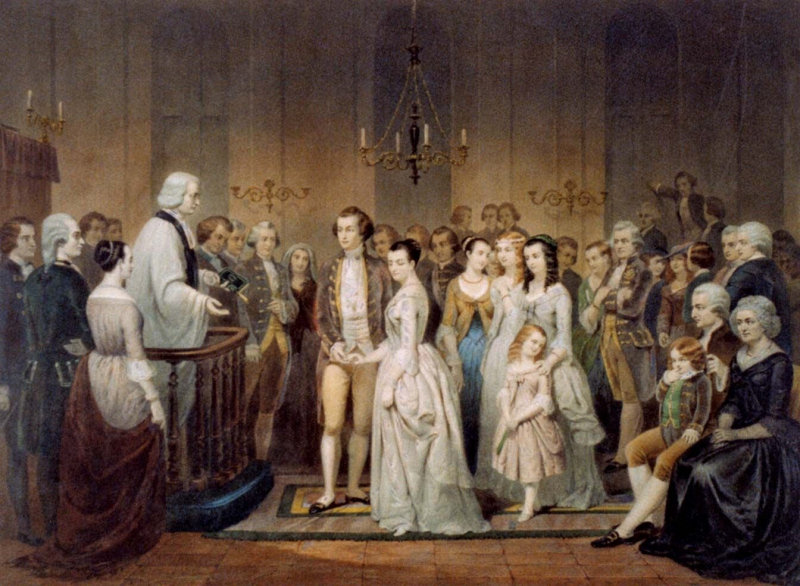
www.britannica.com 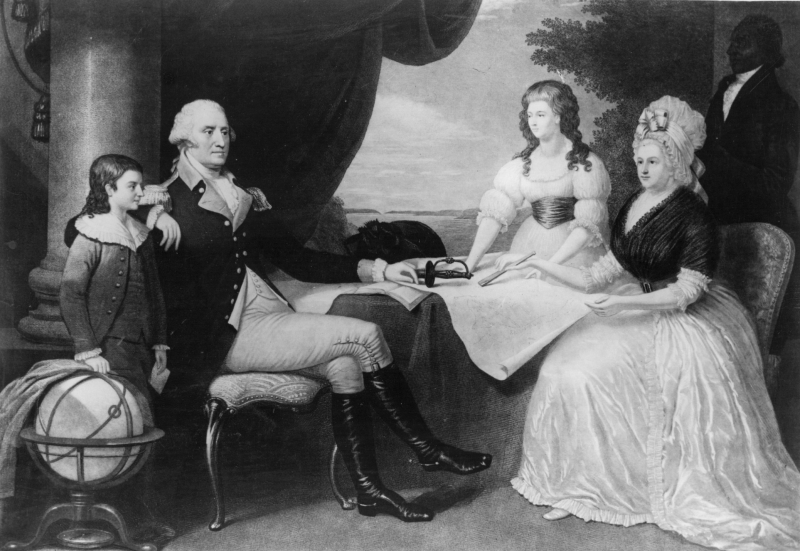
www.britannica.com -
On November 19, 1751, Martha gave birth to a son called Daniel Parke Custis. A daughter, Frances Parke Custis, was born two months later in April 1753. The children's great-grandfather had placed a stringent restriction on inheritance: only children with the name "Parke" as part of their given name would be entitled to a share of the family estate, even though the first names were conventional family names. Despite leading affluent lives in both social and financial terms, neither Frances nor Daniel would survive to be five. Childhood during the colonial era was when people were most susceptible to illness and death. Only around 60% of babies born at this period survived to be 20 years old. Daniel passed away in 1754, perhaps from malaria; Frances passed away in 1757.
John Parke Custis ("Jacky"), born in 1754, and Martha Parke Custis ("Patsy"), born in 1756, were the other two children that Martha had with Daniel Parke Custis and who would later become the focus of her own life. George was given legal custody of her two surviving children Jacky and Pasty. However, Patsy passed away on June 19, 1773, at the age of seventeen following a particularly severe incident. The only child still living of Martha Custis, John Parke Custis, passed away on November 5, 1781, a few weeks before he turned twenty-seven.George and Martha were never able to have children together, even though George raised Jacky and Patsy as his own. The majority of historians concur that Martha wasn't the problem, despite 18th-century machismo making it usual practice to blame the woman if reproductive problems developed. The likelihood that George was sterile was much higher likely as a result of developing TB as a young child. George sent almost eighteen thousand letters to other people, but never once did he mention that it troubled him that he didn't have any children of his own. Along with Jacky and Patsy, he and Martha shared the responsibility of raising four grandchildren as well as several nieces and nephews.
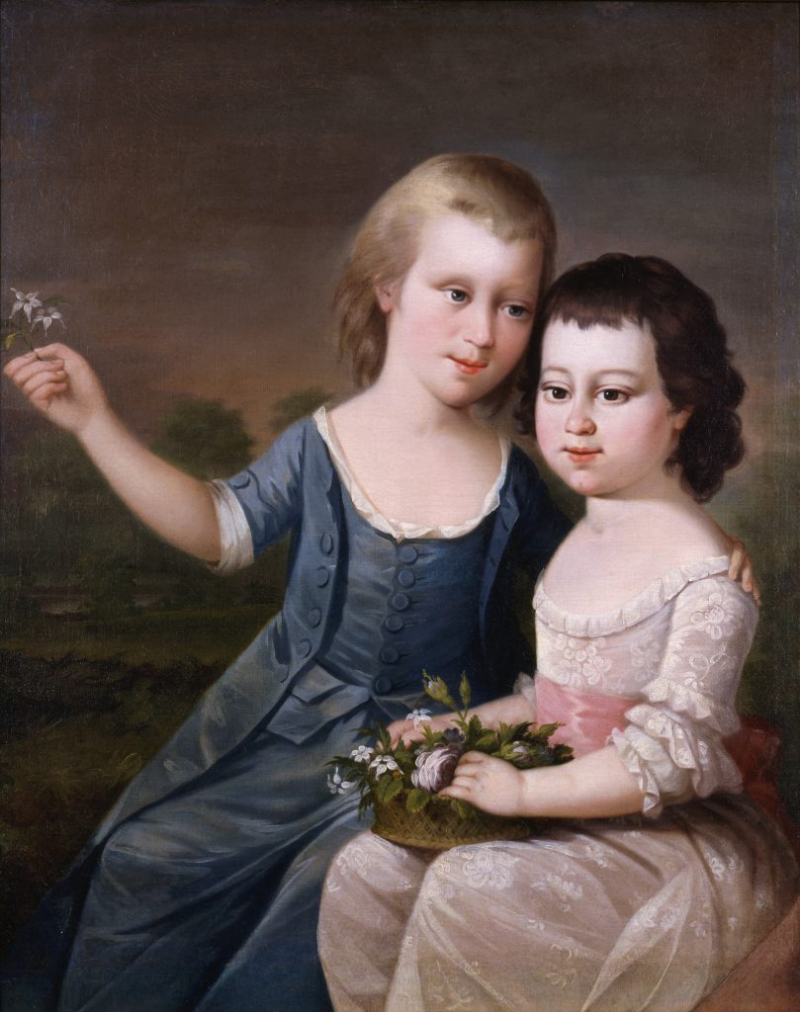
www.newsweek.com 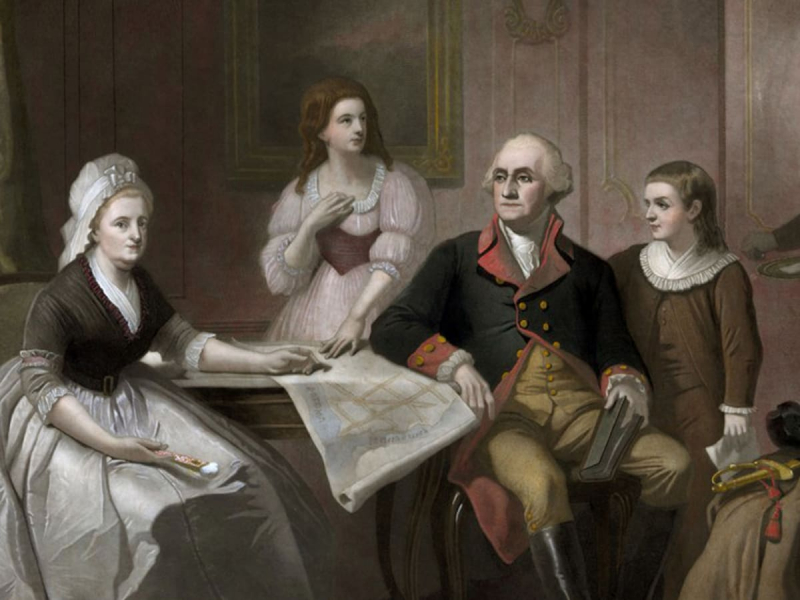
www.newsweek.com -
During the Revolutionary War, some women joined the Continental Army dressed as men and engaged the British. Even while Martha Washington may not have been one of them, she also didn't just wait about at Mount Vernon, their property in Fairfax County, Virginia. She would go for many months every year during the Revolutionary War to George Washington's winter camp. Washington would stay away from Mount Vernon for more than six years after he departed in 1775. The General often invited Martha to join him at his winter encampment during the lengthy winter months when warfare was at a standstill.
Every year, whether it was at Cambridge, Valley Forge, Philadelphia, Morristown, Newburgh, or anywhere else, she made the difficult trip to his camp. She spent extended periods with him. In reality, Martha was able to spend over half of the time her husband was gone from her between April 1775 and December 1783. The General requested reimbursement from Congress for his wife's travel costs since he believed her presence was so crucial to the cause. Additionally, she wasn't only providing for her husband's needs at the camps. One of the interesting facts about Martha Washington is that she frequently visited the huts of common troops, sewed socks, and other outerwear for them for hours, and cared for the sick or dying soldiers.
But Martha had to go through her trauma before she could make the first journey. She needed to get immunized against smallpox, one of the worst threats troops encountered in times of conflict. After surviving the vaccination, Martha was able to visit the troops' camp without worrying about getting sick or spreading the sickness to others.
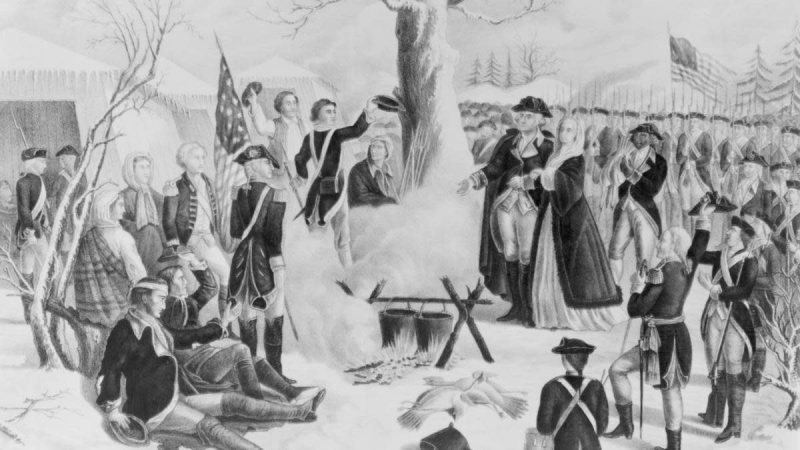
www.history.com 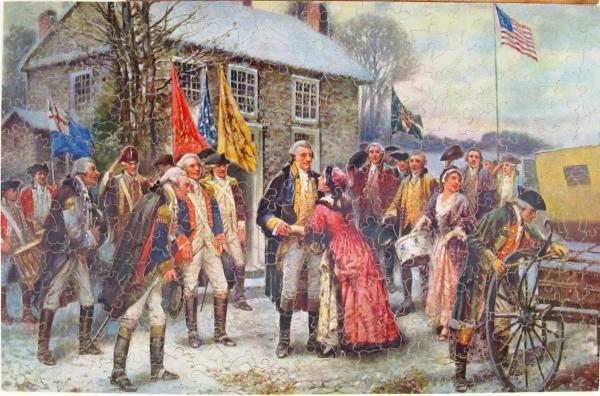
www.history.com -
The majority of women would be thrilled if their husbands were elected president, but Martha was an outlier in this sense, which is one of the interesting facts about Martha Washington. All she wanted when the war was over was a calm, secluded existence at Mount Vernon with her husband. She was so disappointed when George consented to serve as the first president of the new country. She most likely didn't attend his inauguration in New York because of this. The following eight years were some of the worst of her life. This was in part because, as the president's wife, she had to follow several strict etiquette and restrictions.
Martha was aware that her conduct as a first lady would serve as a model for the wives of future top executives, just as her husband was conscious that his acts would create a precedent for future presidents. One of her most significant initiatives was to start a weekly reception that was open to anybody who wanted to come and was hosted on Friday nights.
Congressmen, foreign dignitaries, and members of the neighborhood community were all welcomed to these events at the presidential palace. They spoke, interacted, and drank refreshments after being introduced to Mrs. Washington. Some visitors referred to Martha as "our Lady Presidentess," even though most called her "Lady Washington." It wouldn't be incorrect to refer to Martha as the US's first First Lady as she was married to the nation's first president. However, before the 1930s, the term was seldom ever used to describe a president's spouse. In actuality, Martha was never referred to as the "First Lady" during her life. She was usually referred to as Lady Washington.
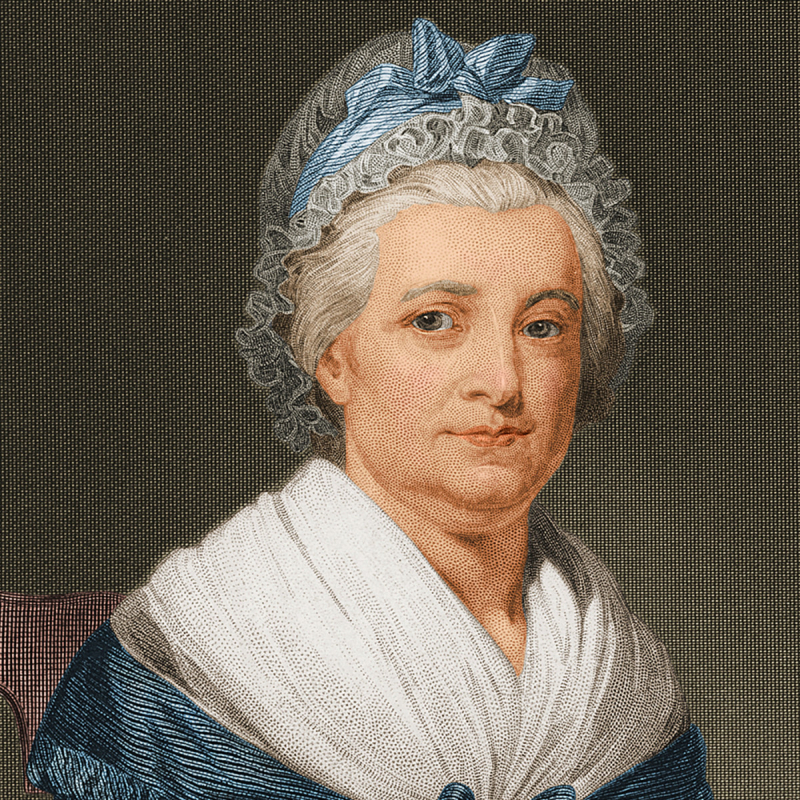
www.history.com 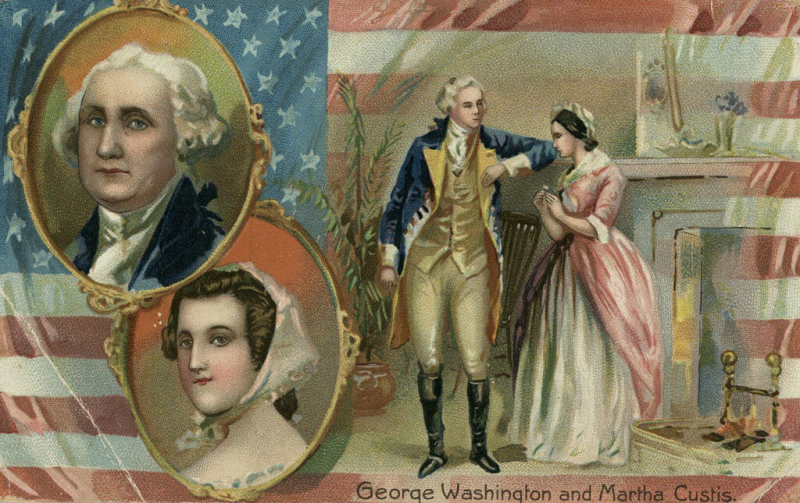
www.flickr.com -
A year after taking office as president of the United States in April 1789 and nine years before he passed away in December 1799, George Washington gave instructions in his will from July 1790 for the freedom of all the slaves he owned. Less than half, or 123 people, of the 318 slaves at Mount Vernon in 1799 belonged to George. Because he wanted to maintain the families of those who had intermarried with Martha's dower slaves, his will provided that his slaves were not to be liberated until Martha's passing. However, Martha executed a deed of manumission in December 1800, and as a result, all of her late husband's slaves were emancipated on January 1, 1801. She didn't do this to express her opposition to slavery. She was familiar with the system, as were the majority of individuals in that day and age.
The dread for her own life was what ultimately drove Martha to release George's slaves. There was a worry that these slaves may rise and murder Martha to get free. One of the interesting facts about Martha Washington is that she feared she could perish at their hands because only her death stood between them and independence. There were rumors that slaves may have started a suspicious fire at Mount Vernon.
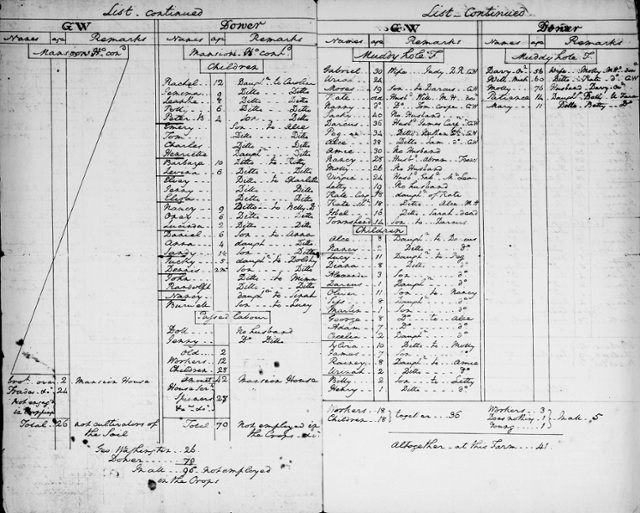
List of Enslaved People, 1799 - www.mountvernon.org 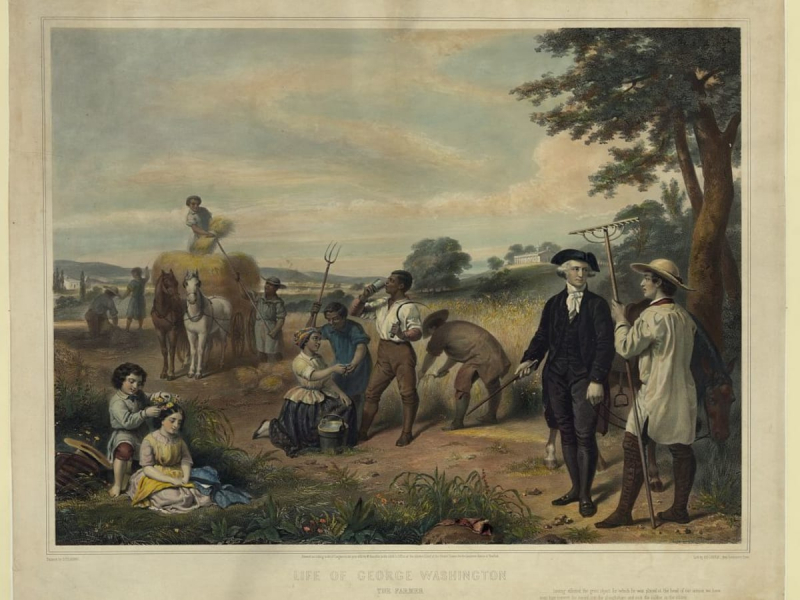
www.mountvernon.org -
Thomas Jefferson, a Founding Father of the United States like Martha Washington's husband, was the one person she detested the most. Martha Washington had little affection for Thomas Jefferson toward the end of her life. "She talked of the election of Mr. Jefferson, whom she thought to be one of the most odious of humanity, as the worst catastrophe our nation had ever seen". Thomas Jefferson's visit to Mount Vernon in 1801 was "the most terrible experience of her life," according to Connecticut governor John Cotton Smith, second only to the loss of her husband. Eleanor Parke Custis Lewis, a descendant of Martha Washington, also disliked Jefferson. After Jefferson was elected, she jokingly remarked that perhaps the world was now prepared for the end of the world.
The reasons Martha Washington felt this way are likely quite clear to those who are aware of the 1800 presidential election; hostilities between Jefferson and the Washington family had been growing for some time. She undoubtedly developed such a strong dislike for her husband due to Jefferson's and his newspaper's political assaults on him in the National Gazette. However, it might still come as a shock to watch Martha Washington, who is often seen in American culture as a kind of kindly, grandmotherly character, be so frank.
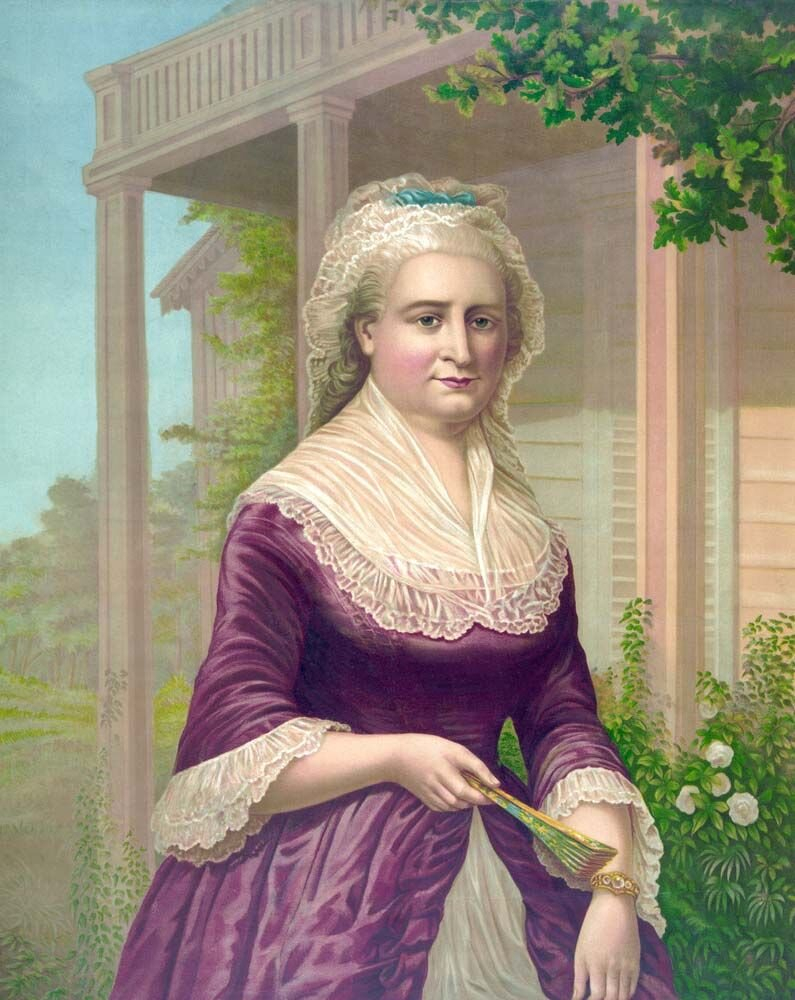
www.history.com 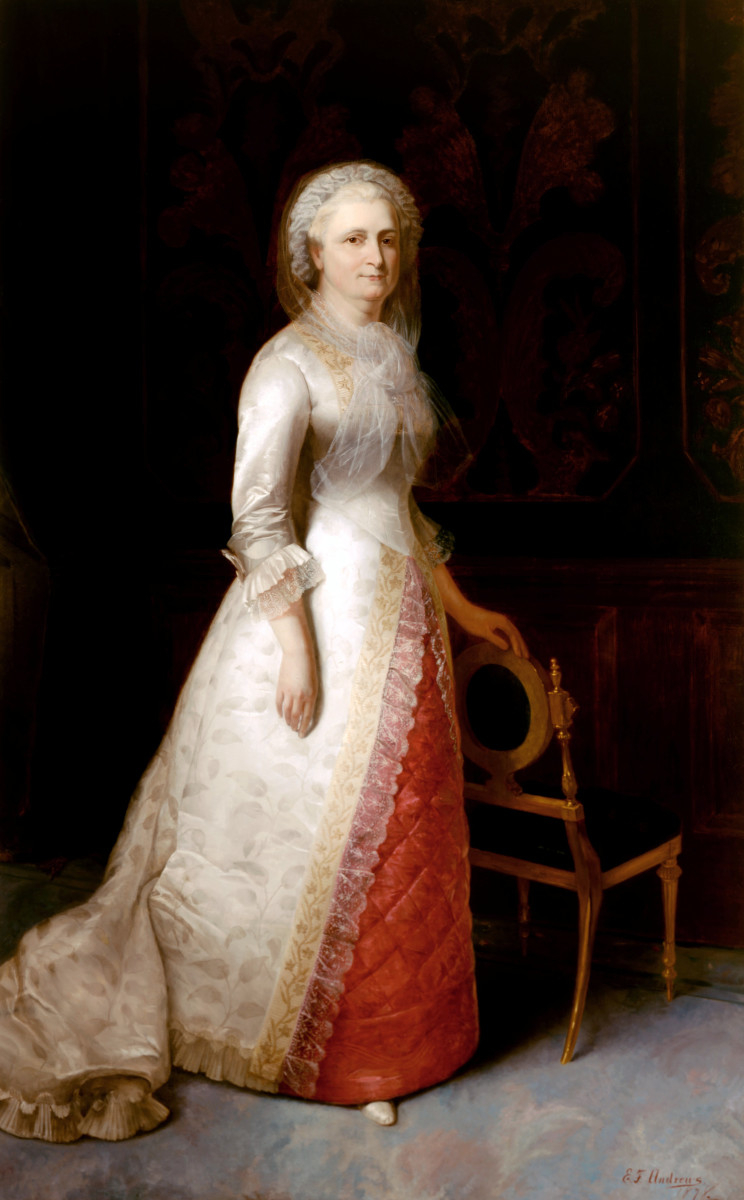
www.history.com -
After the death of George Washington, Martha's health, which had always been a little problematic, rapidly deteriorated. On May 22, 1802, Martha Washington passed away, just two and a half years after her husband, much to the shock of her extended family.
Even more, wealth was given to the Custis heirs by Martha's passing. The four grandchildren of Martha each got large sums of money and land that had been kept in trust for them for many years. Additionally, everyone was given a portion of the so-called "dower slaves," who are the offspring of the slaves that Martha's first husband, Daniel Parke Custis, formerly possessed.
Martha Washington was buried in the traditional Washington family tomb vault at Mount Vernon after passing away. The bodies of George and Martha Washington and several family members were transferred from the ancient vault to a comparable building inside the current enclosure at Mount Vernon in 1831 by the remaining executors of George's estate. This monument still exists today.
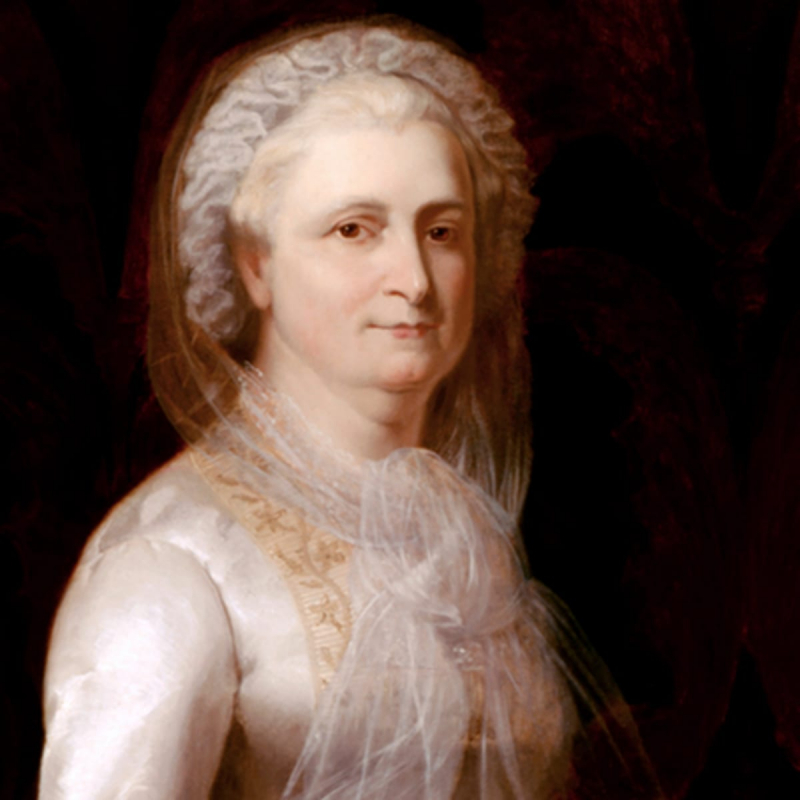
www.history.com 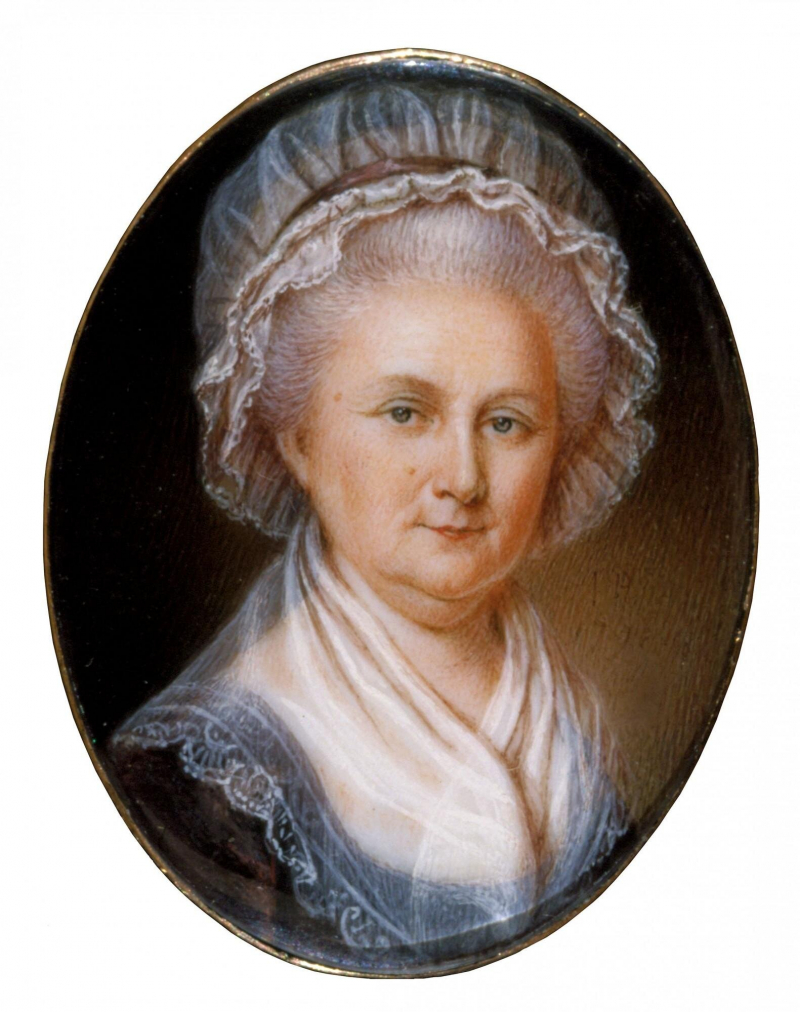
www.history.com










